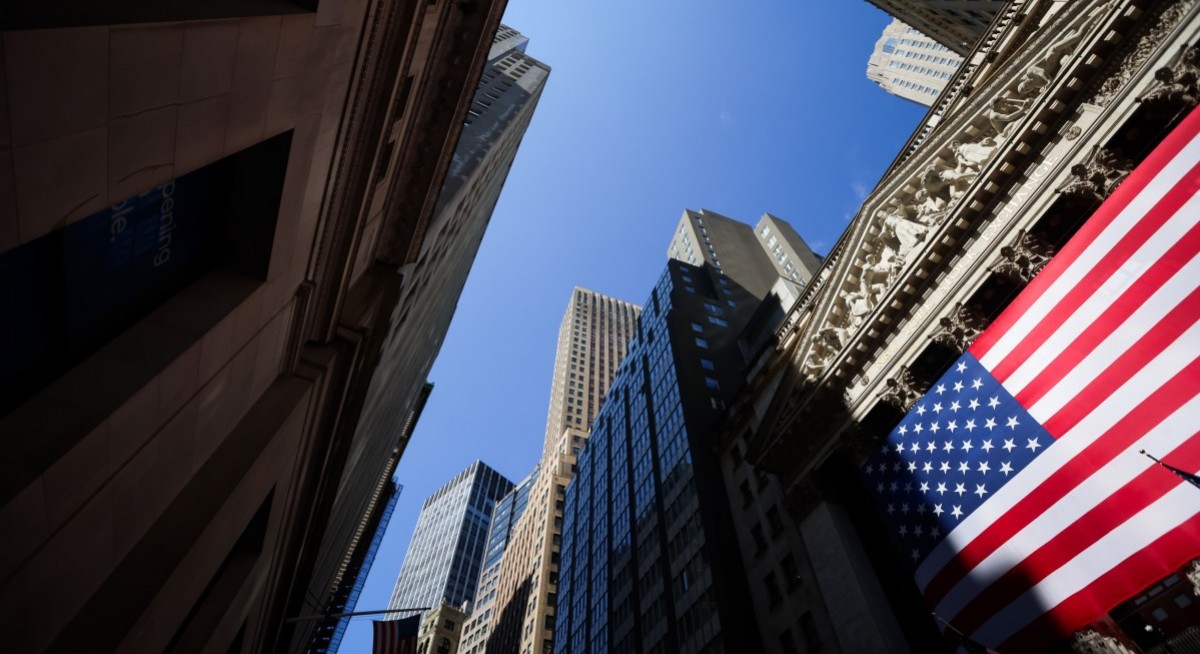By the bank’s calculations, investors in those bonds are suggesting global economic growth of more than 5% this year, which is higher than what most other markets imply, UBS strategists, including Matthew Mish, wrote Monday.
The bank is forecasting the global economy will grow 2.7% in 2025, while the stock market is implying growth of 4.5%. Foreign exchange, rates and commodities markets all suggest less growth than US high-yield.
“Credit complacency is a dominant theme across our investor meetings,” Mish wrote, referring to US and European markets. “Both markets display a mix of optimism and underlying risks that could lead to potential vulnerabilities, but the US looks more complacent.”
See also: China smashes bond sale records with over US$234b of bids
The growth measure is the latest sign that credit markets — which have boasted ultra-high valuations for much of this year — are failing to price in the risks of a downturn. Just last week, investment-grade spreads hit their narrowest levels since December before climbing the most since early April on the heels of a weak payrolls report and new tariff rates.
While US credit markets have historically proven resilient to labor market hiccups, more recent examples show spreads can widen by as much as 20 basis points in high grade and 75 basis points in high yield, according to Mish. Add elevated inflation and risk premiums could jump by even more, he said.
At the same time he noted, credit fund managers are overseeing portfolios with higher-than-average “beta,” suggesting some may be adding risk in search of excess returns, which have been below average so far this year.
Chart: Bloomberg




